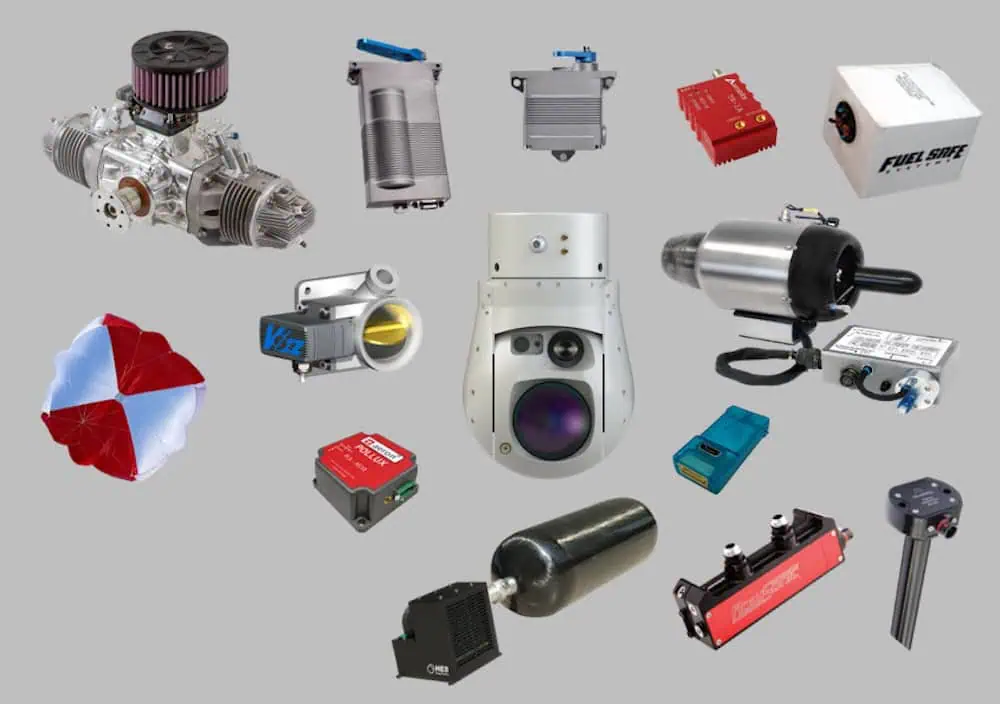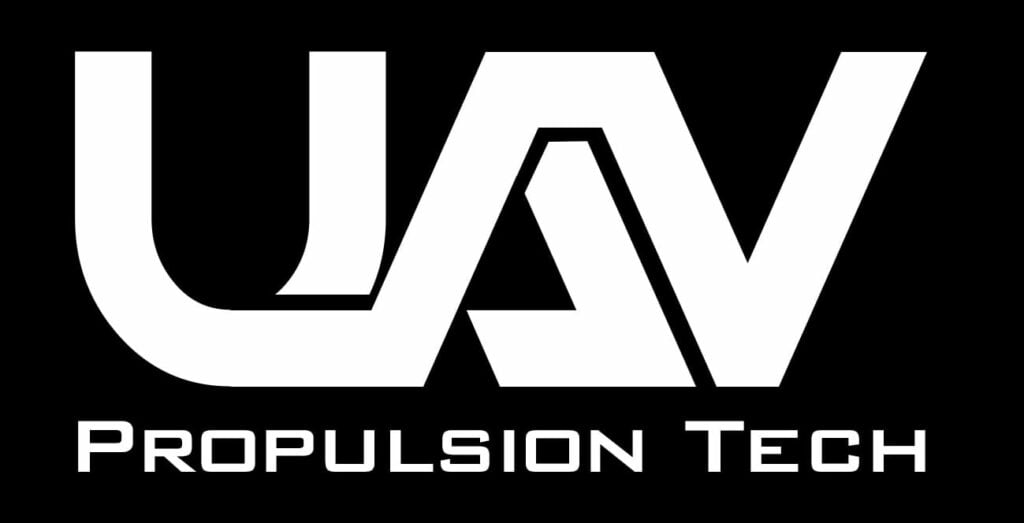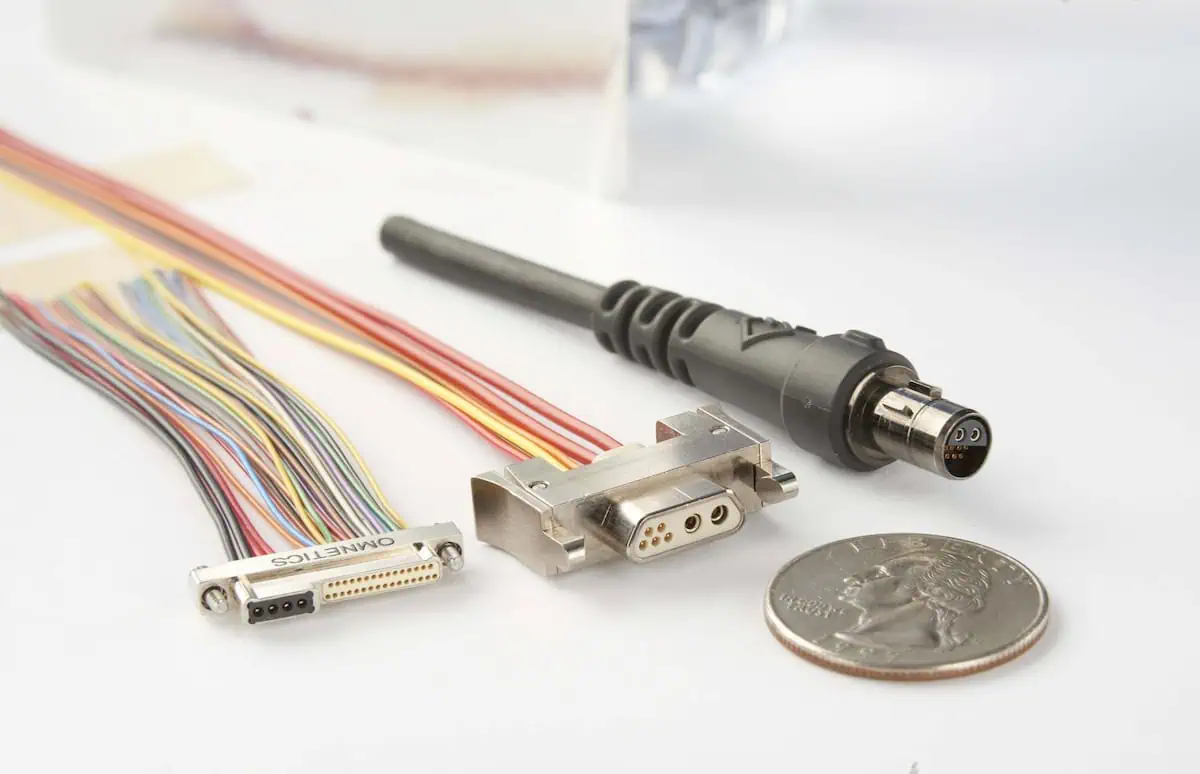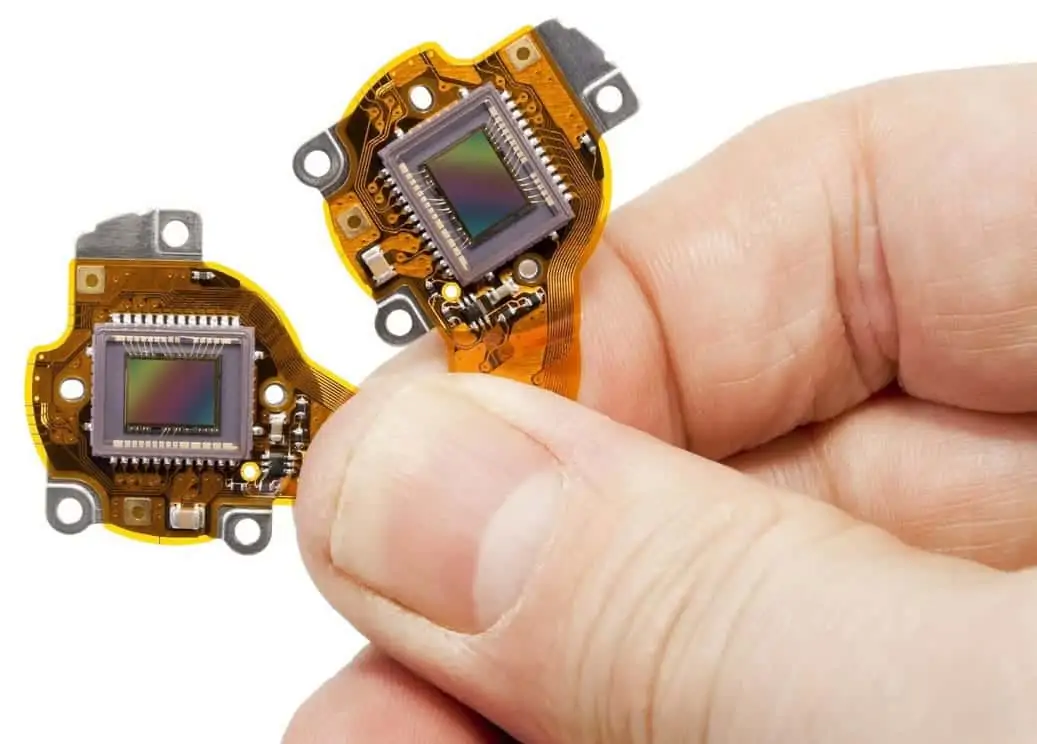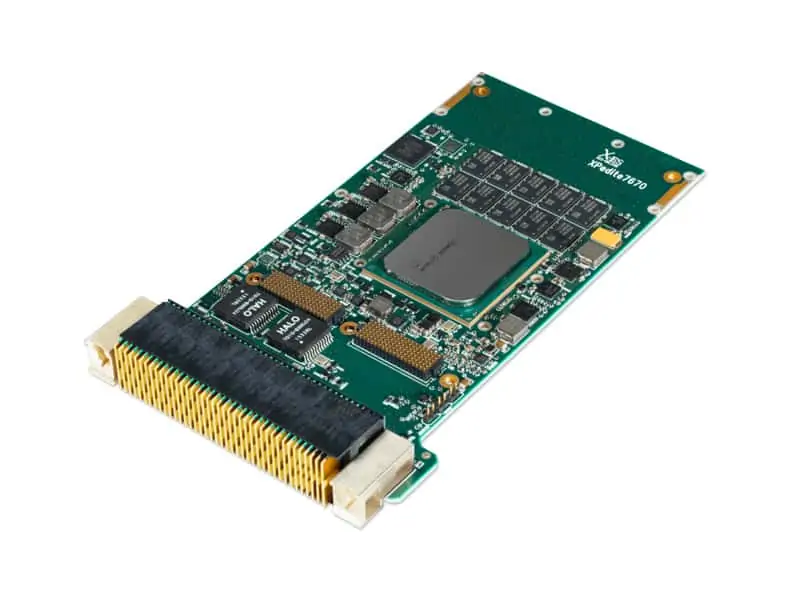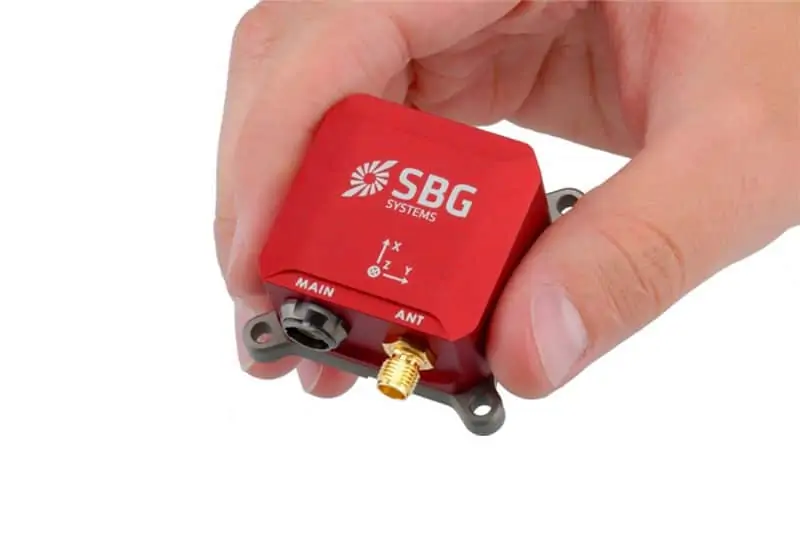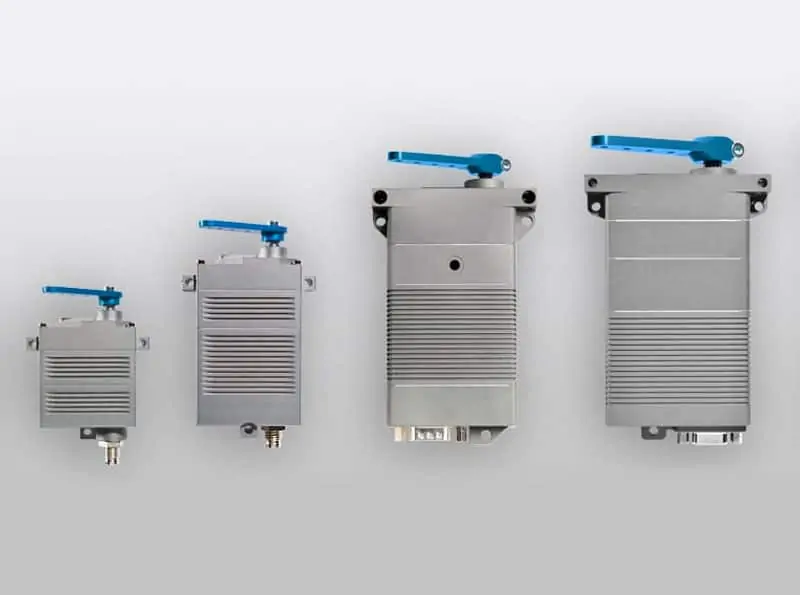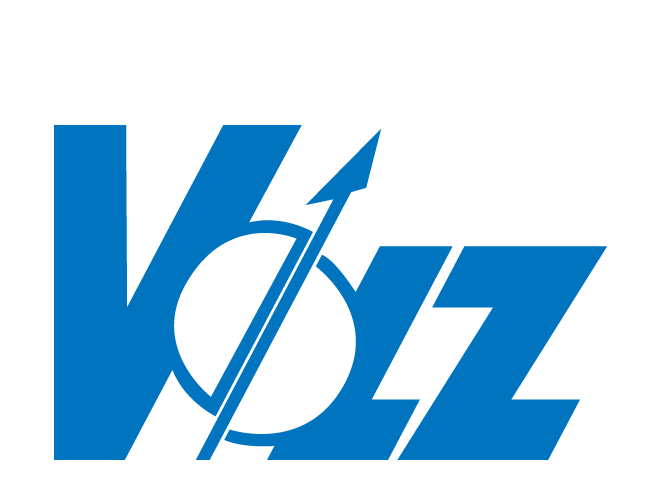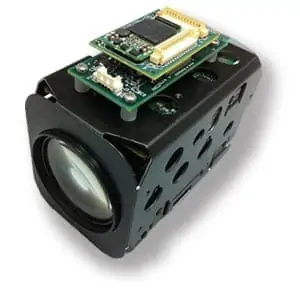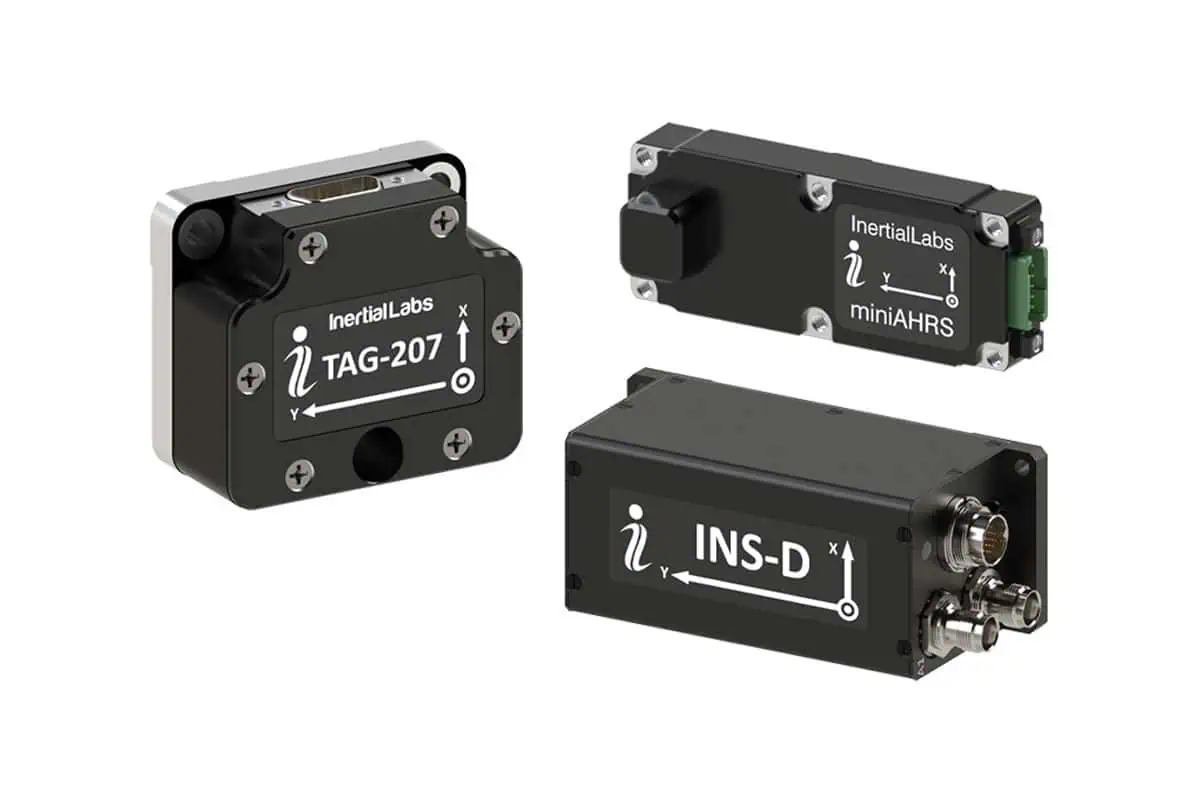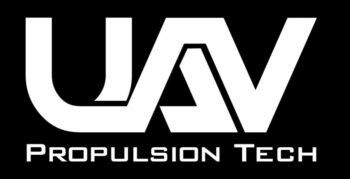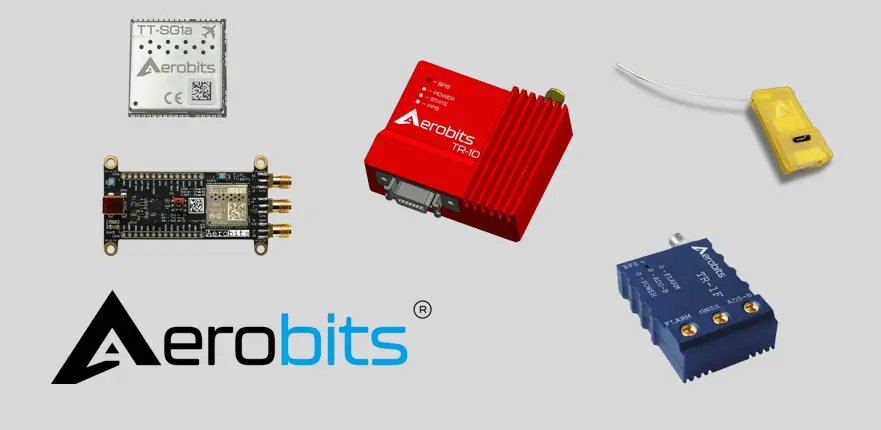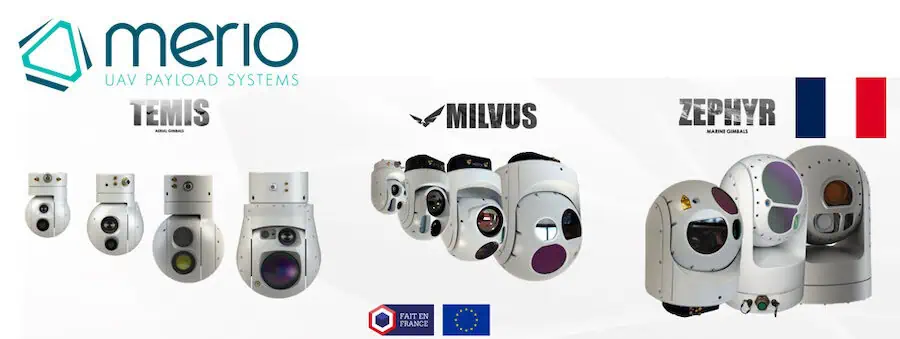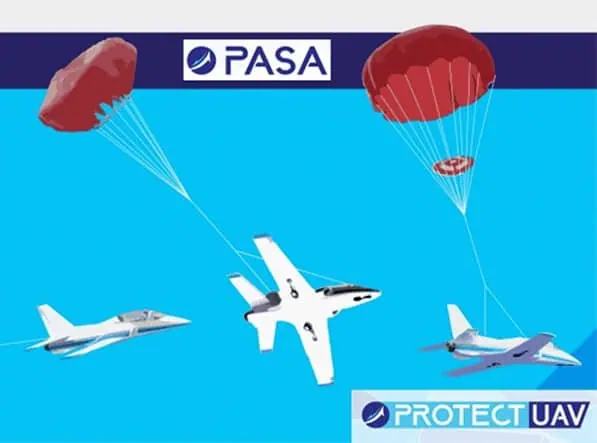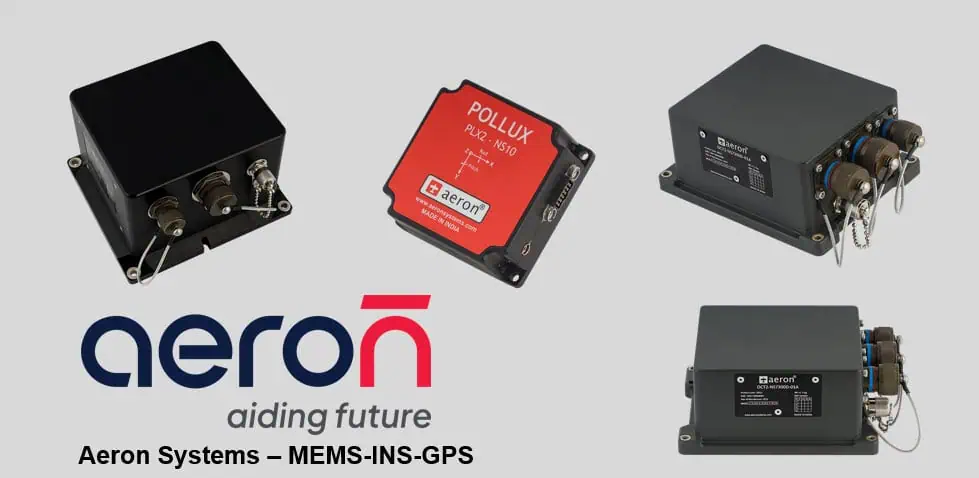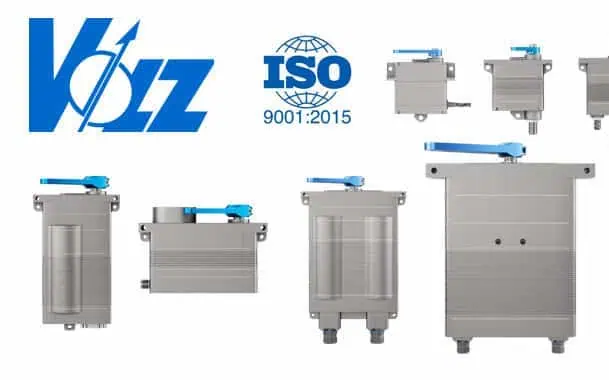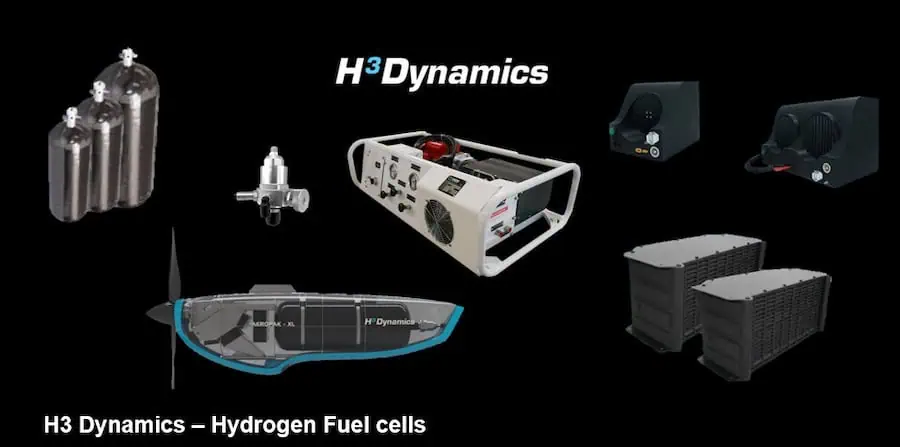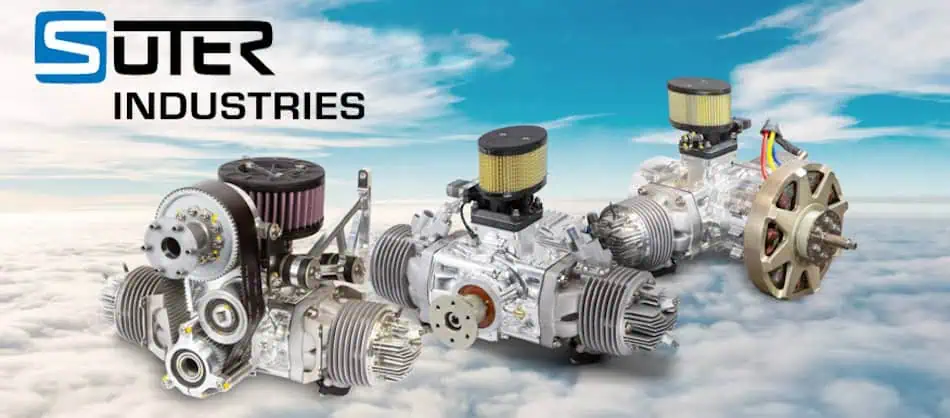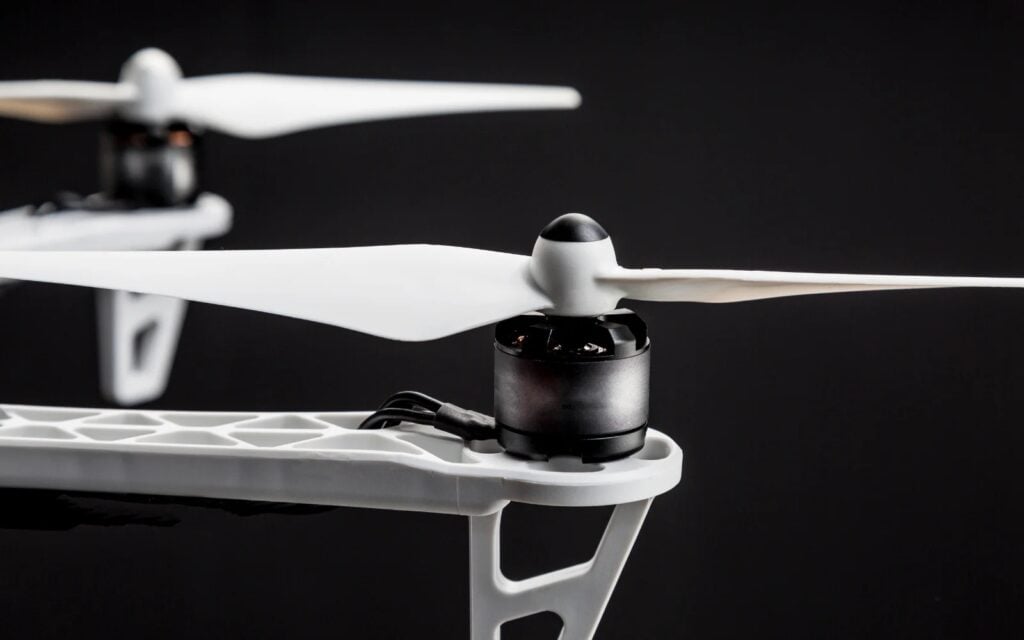
Tyto Robotics examines key studies that explore the relationship between propeller imbalance and UAV vibration, uncovering critical insights into when this issue becomes serious and how it can be effectively addressed. Read more > >
Vibration is a silent performance killer in UAVs, leading to reduced flight efficiency, unstable video footage, and premature wear on critical components. One of the most common and overlooked causes? Imbalanced propellers. When the mass distribution across a propeller’s blades is uneven, it creates instability that worsens at higher speeds. This imbalance can be present straight from the factory or develop over time due to damage in transport or operation.
The Impact of Imbalance on UAV Vibration
Research confirms that propeller imbalance significantly affects vibration, and the effects intensify with increasing RPM and propeller size. A study by Kuantama (2019) used laser Doppler vibrometry to measure vibration in UAV propellers under controlled conditions. The findings revealed that as RPM increased, so did the severity of vibration caused by imbalance—especially in larger propellers.
For example, at 5000 RPM, a 13-inch imbalanced propeller exhibited 12% higher vibration velocity than a balanced one. However, for a 14-inch propeller, the difference was much greater—imbalanced blades resulted in a 33% increase in vibration velocity. The study also found that vibration spiked dramatically at RPMs above 4000, indicating a clear threshold where imbalance becomes a major concern.
Another study by Salem et al. (2025) focused on detecting imbalance-induced vibration in UAVs operating in real-world conditions. Researchers introduced imbalance by loosening a propeller blade screw and recorded the resulting vibrations using MEMS sensors mounted on the UAV. Their machine learning model successfully identified the unique vibration patterns caused by imbalance, showing significant deviations across all three axes (X, Y, and Z). In the X-axis alone, vibration peaks exceeded 2g—posing serious risks for UAV stability and structural integrity.
The study concluded that if propeller imbalance is left unaddressed, it can lead to unpredictable flight behavior and increase the likelihood of mechanical failure.
How to Minimize UAV Vibration
Given the proven effects of propeller imbalance, it’s crucial to implement effective balancing solutions. The research highlights two key takeaways:
Larger propellers are more susceptible to vibration issues, making balance correction even more critical. Vibration increases significantly at higher RPMs, meaning UAVs operating at high speeds need extra attention to balance.
Tyto Robotics has developed a dynamic propeller balancing system that enables users to quickly detect and correct imbalances with ISO-grade precision. By taking proactive steps to balance UAV propellers, operators can significantly reduce vibration, improve flight stability, and extend the lifespan of their aircraft.
To learn more about how imbalanced propellers can impact UAVs, download Tyto Robotics’ whitepaper.

